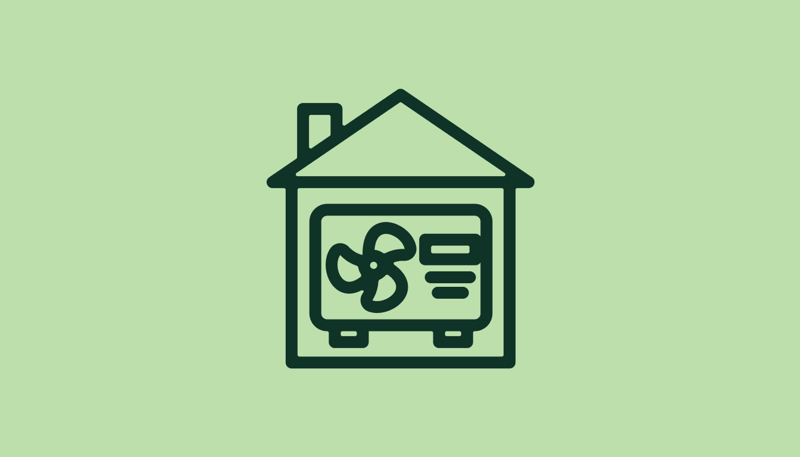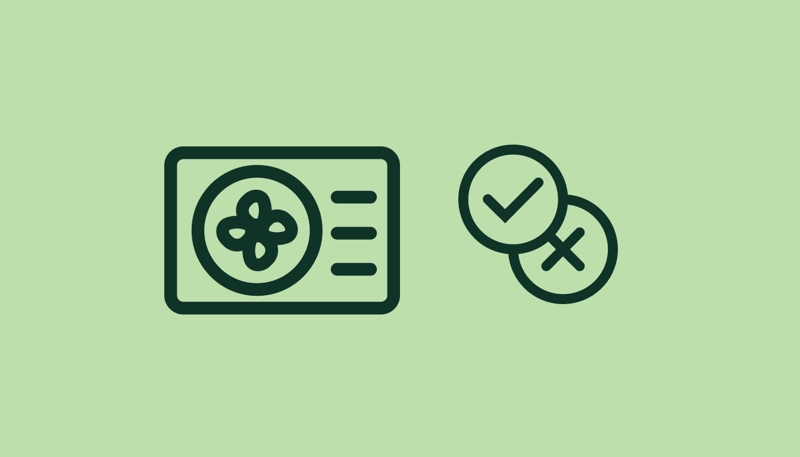Table of Contents
With energy bills still a major concern for UK households and the push for low-carbon living growing stronger, many homeowners are asking: Can solar panels really power a heat pump—and is it worth it?
In short: yes, they can—and the combination is one of the most effective ways to reduce both your energy costs and your carbon footprint. In 2025, advances in home energy tech, government grants, and rising adoption rates have made it more accessible than ever to pair solar panels with an air source heat pump.
This article breaks down how the two systems work together, how much energy solar panels can realistically provide, and what kind of savings and benefits you can expect when combining them in your home.
How Solar Panels, Batteries, and Heat Pumps Work Together in Your Home
When combined, solar panels, battery storage, and a heat pump can create a smart, efficient, and low-cost home energy system. Here’s how they work together in a way that’s easy to understand for UK homeowners:
1. Solar Panels – Your Clean, Daytime Power Source
Mounted on your roof, solar panels capture sunlight and turn it into electricity during the day. This free, renewable power is used first to run your heat pump and other household appliances, reducing your need to buy electricity from the grid.
2. Battery Storage – Store and Use Energy When You Need It
When your solar panels produce more electricity than your home is using (common on bright days), the surplus is stored in a home battery instead of being wasted or sent to the grid.
Later—during the evening, night-time, or on overcast days—your home draws on this stored solar energy to keep your heat pump running and power your appliances. This maximises your use of free solar electricity and minimises reliance on expensive, carbon-heavy grid power.
3. Heat Pump – Clean, Low-Cost Heating and Hot Water
An air source heat pump runs on electricity to heat your home and hot water. When that electricity comes from your solar panels or battery, you’re heating your home using clean, self-generated energy.
Integration: A Smart System That Thinks for You
These components are connected by smart energy controls that manage how and when each part of the system works. Here's how they integrate in real time:
-
Solar energy powers your heat pump first, cutting your running costs.
-
Any excess solar power is stored in your battery for use later in the day.
-
Smart controls forecast weather and adjust the heat pump’s schedule to take advantage of sunny periods (for example, pre-heating your home or hot water).
-
The system only draws from the grid when solar and battery power can’t meet demand.
-
Extra electricity is exported to the grid when your battery is full and your home’s needs are already covered.

How Many Solar Panels Are Needed to Power an Air Source Heat Pump?
To power an air source heat pump (ASHP) in a typical UK home, the number of solar panels needed generally ranges from about 10 to 19 panels, often complemented by battery storage for optimum efficiency and cost savings.
A professional home energy assessment by an MCS-certified installer is essential, as the exact number of solar panels needed will depend on your specific energy usage, property size, heat pump efficiency, roof space, and local conditions.
-
For an average three-bedroom property with a 5kW air source heat pump, around 12 to 19 solar panels sized around 430-450 watts each (a 4kW to 8.2kW solar PV system) are typically needed to cover most of the heat pump’s electricity consumption during the year. This size can produce approximately 6,600 kWh annually, matching combined household and heat pump electricity requirements.
Battery storage is highly recommended alongside solar panels as it allows excess daytime solar electricity to be stored and used when the sun is not shining, thus reducing reliance on grid electricity at night or in low sunlight periods and improving savings.
How Much Can You Save?
Recent studies and UK data show impressive savings:
-
Running a heat pump without solar might cost about £823 per year for a typical 3-bedroom home.
-
Add solar panels and a battery, and those costs can drop to just £232 per year.
-
That’s a saving of £592—or up to 72% less on annual heating costs.
Across the board, combining heat pumps with solar panels typically saves UK homeowners between £1,030 and £1,732 per year, depending on system size and energy use.
What About Carbon Emissions?
This combo isn't just good for your wallet—it’s great for the planet too.
-
Heat pumps alone reduce heating-related emissions by up to 70%.
-
Power them with solar electricity, and your heating could become nearly carbon neutral.
-
Homes using both can cut their emissions by up to 3.1 tonnes of CO₂ per year.
How Much of the Heat Pump's Energy Can Solar Panels Cover?
Solar panels in the UK typically provide around 50% of the electricity a heat pump needs across the year.
-
In sunny months: coverage can exceed 60%.
-
In winter: it may drop to around 30–40%, unless you have a battery or use electricity from a renewable energy tariff.
Larger solar arrays, battery storage and smart controls can increase efficiency and reduce reliance on grid power.
-
Things to Keep in Mind
-
You may still need some grid electricity, especially in winter.
-
Battery storage can boost your savings and reduce reliance on the grid.
-
Proper design and installation by certified professionals are essential for best results.
-
Smart controls can help align heat pump usage with solar generation for maximum efficiency.
What Do the Experts Say?
-
MCS (Microgeneration Certification Scheme): Recommends installation of both technologies and confirms their combined use reduces costs and emissions significantly.
-
Nesta: A leading UK innovation charity, says solar + heat pumps are key to affordable, low-carbon homes.
Next steps
Register for Switch Together and receive a tailored recommendation, and explore your eligibility for grants. Your home could be greener—and cheaper to run—sooner than you think.


